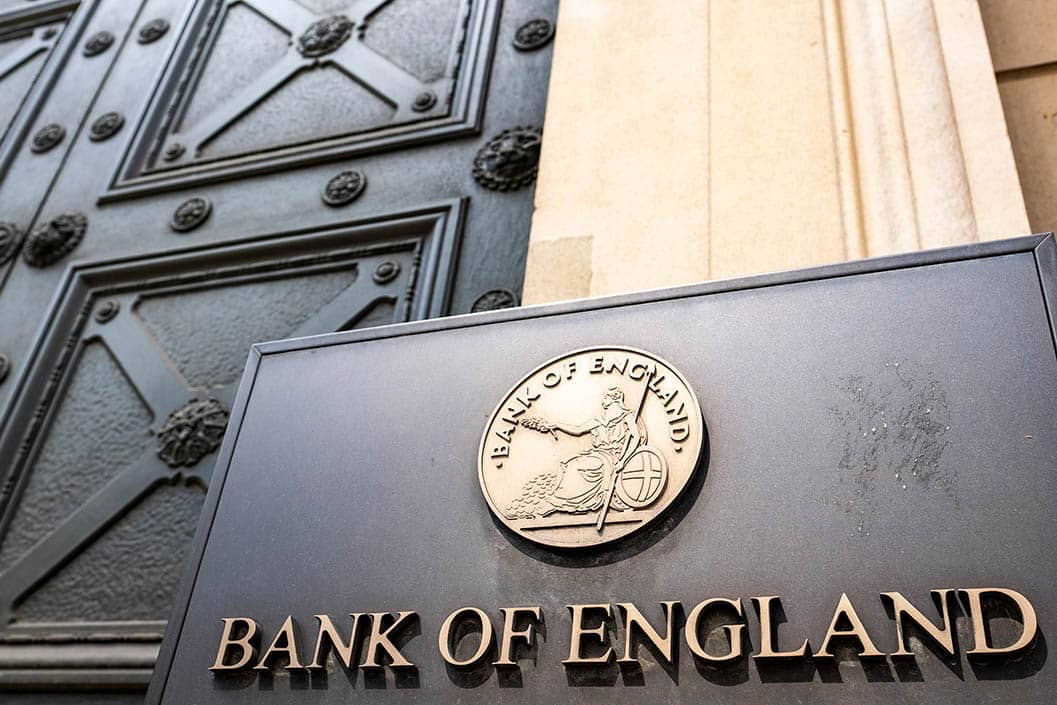Bank of England Interest Rate Policy and 'Market Expectations' for Bank Rate
- Written by: James Skinner
"I don’t think it’s actually hard to explain because I think the underlying reason is the market curve prices in the risk and the risk is on the upside. Whereas the survey is a straightforward point number and the curve has got the risk in it," BoE Governor Andrew Bailey.

Image © Adobe Images
The Bank of England (BoE) lifted Bank Rate by half a percentage point for a second consecutive occasion in September in what may have been a surprise decision to anybody whose own expectations were guided by an oft-cited but also widely misunderstood Overnight Indexed Swap (OIS) market.
Monetary Policy Committee (MPC) members at the Bank of England voted to lift Bank Rate from 1.75% to 2.25% on Thursday in what might be perceived as a disappointment of 'market expectations' for a larger increase to 2.5%.
However, such expectations are inferred from rates charged and paid in the Overnight Indexed Swap part of the interest rate derivative market and there are wide discrepancies between those and the responses given by financial professionals in surveys carried out by the BoE and third parties.
These discrepancies were noted again by the BoE on Thursday.
"The median respondent to the Bank’s latest Market Participants Survey (MaPS) expected Bank Rate to be increased by 50 basis points at this meeting, while market-implied pricing was consistent with an increase in Bank Rate of between 50 and 75 basis points," minutes of Thursday's BoE meeting stated.
The above referenced discrepancy also exists and to an even larger extent in relation to the one year outlook for Bank Rate.
"Market-implied expectations for the path of Bank Rate had risen sharply since the MPC’s previous meeting, now peaking at around 4¾%," the BoE also said.
"The market-implied path for Bank Rate continued to be higher than the expectations for Bank Rate of respondents to MaPS. The median respondent expected Bank Rate to peak at around 3½% in March 2023," it added.
Overnight Indexed Swaps are financial derivative contracts that are used primarily for the purpose of hedging against interest rate risks, meaning it may be more accurate to say that rates quoted in this market reflect investors' perceptions of risks rather than their interest rate expectation.
This was explained by BoE Governor Andrew Bailey when appearing at the European Central Bank Forum on Central Banking in late June.
"I don’t think it’s actually hard to explain because I think the underlying reason is the market curve prices in the risk and the risk is on the upside. Whereas the survey is a straightforward point number and the curve has got the risk in it," he said of the difference between OIS 'expectations' and survey expectations.
On Thursday the BoE said there was "a combination of domestic and global factors skewing risks to the upside" when it comes to the interest rate outlook.
Global factors include things like prices of oil and gas while the domestic factors predominantly result from HM Treasury fiscal policies and plans, some of which are set to be updated in a budget-like event on Friday.
"In and of itself, the Government’s Energy Price Guarantee will lower and bring forward the expected peak of CPI inflation. For the duration of the Guarantee, this might be expected to reduce the risk that a long period of externally generated price inflation leads to more persistent domestic price and wage pressures, although that risk remains material," the bank said on Thursday.
"While the Guarantee reduces inflation in the near term, it also means that household spending is likely to be less weak than projected in the August Report over the first two years of the forecast period. All else equal, and relative to that forecast, this would add to inflationary pressures in the medium term," it added.
Thursday's full monetary policy announcement can be viewed here.



